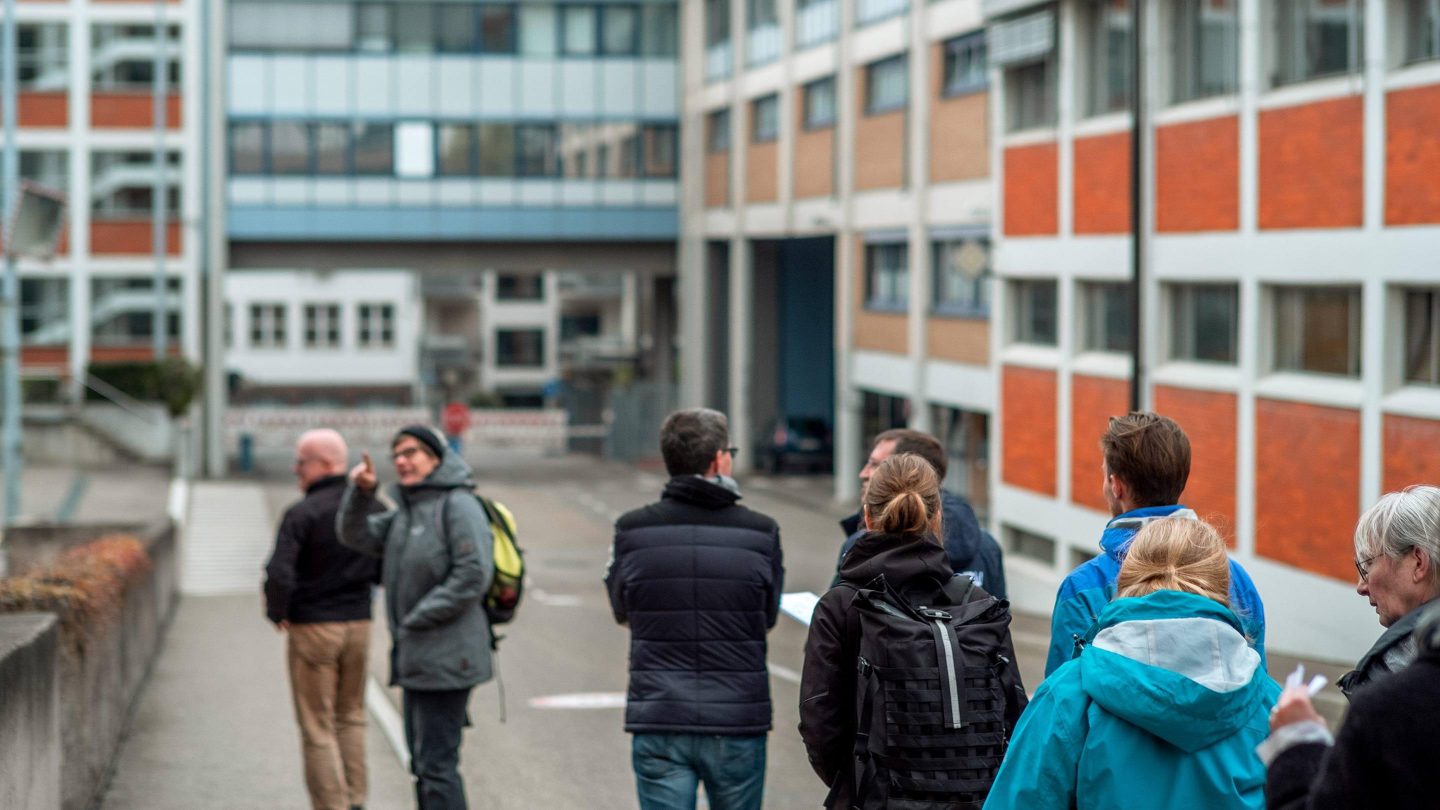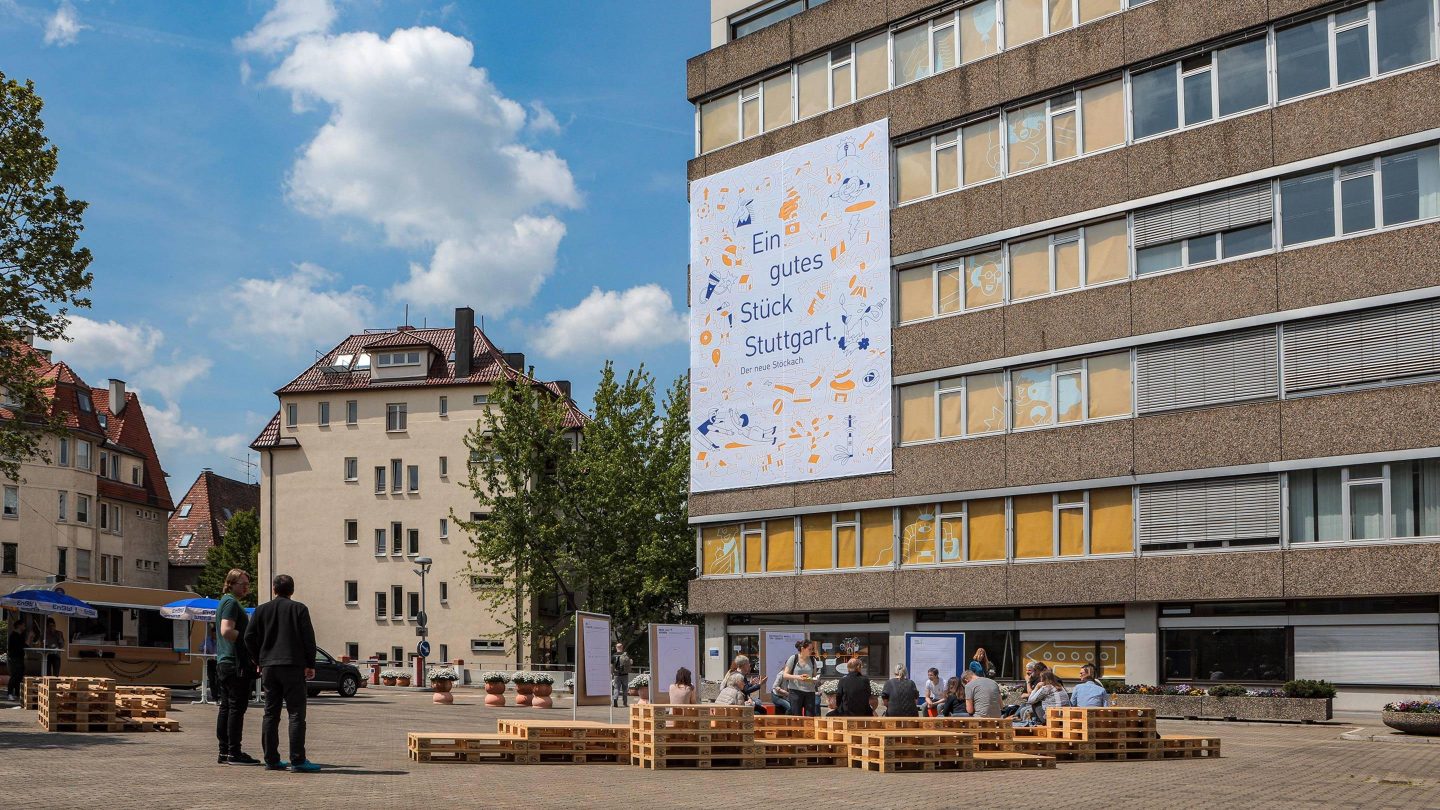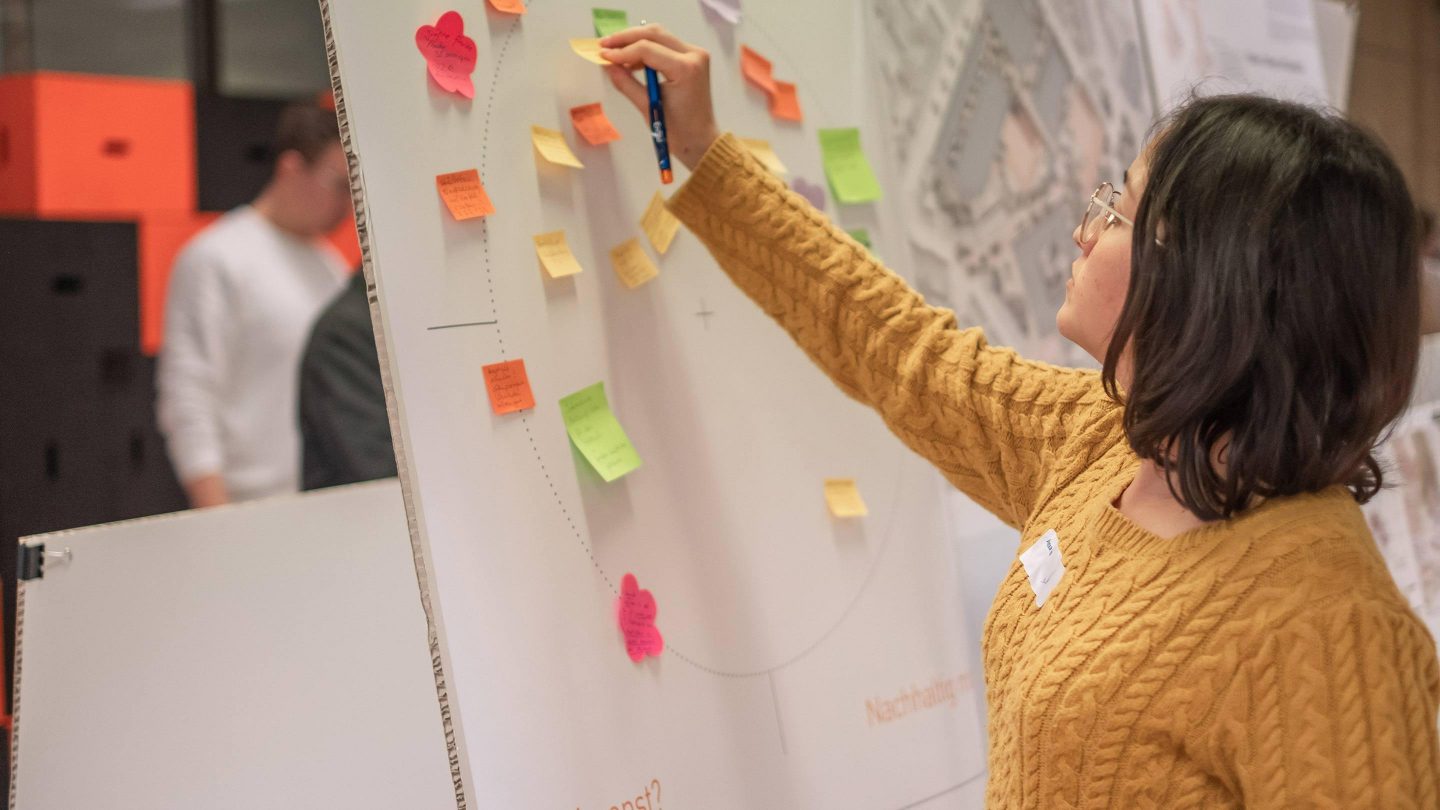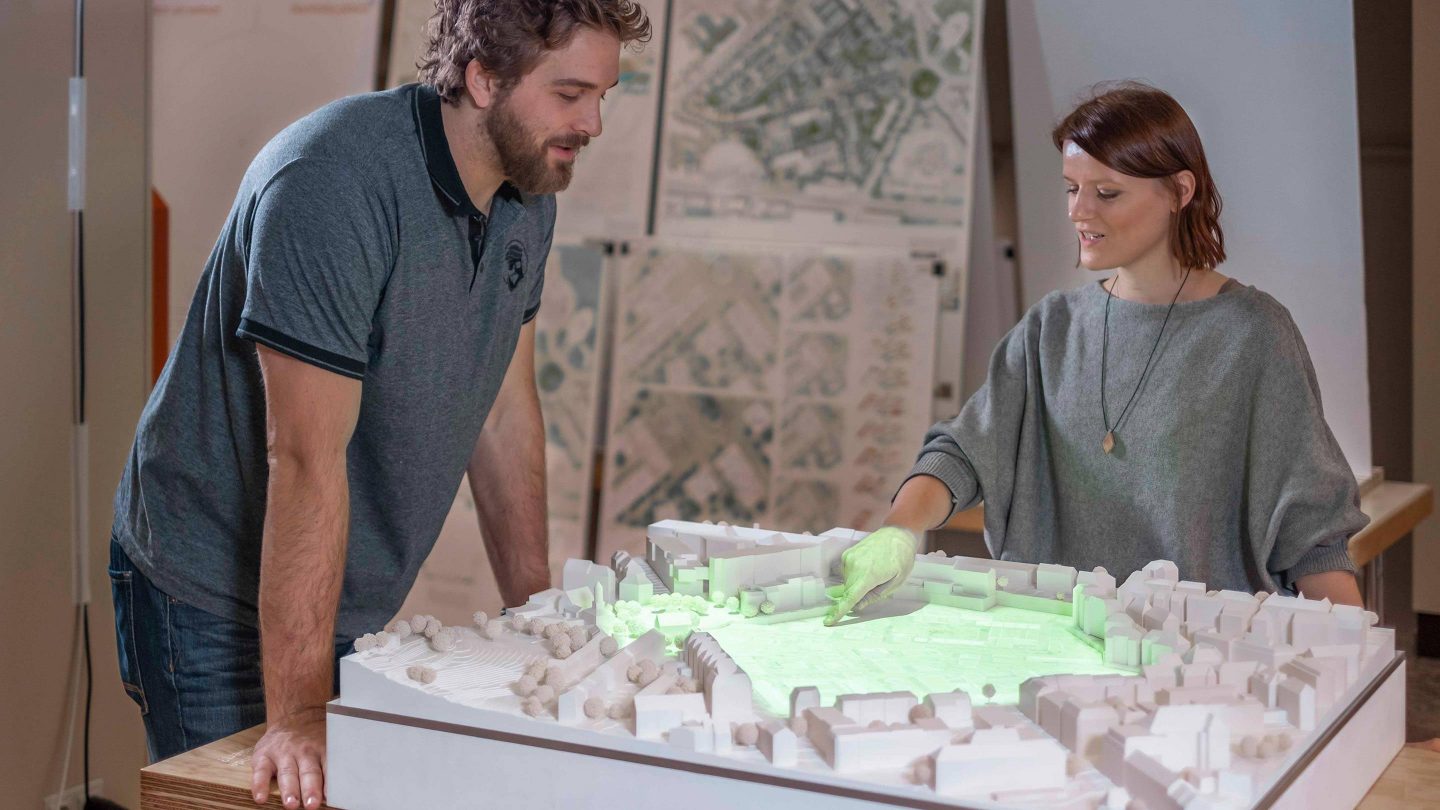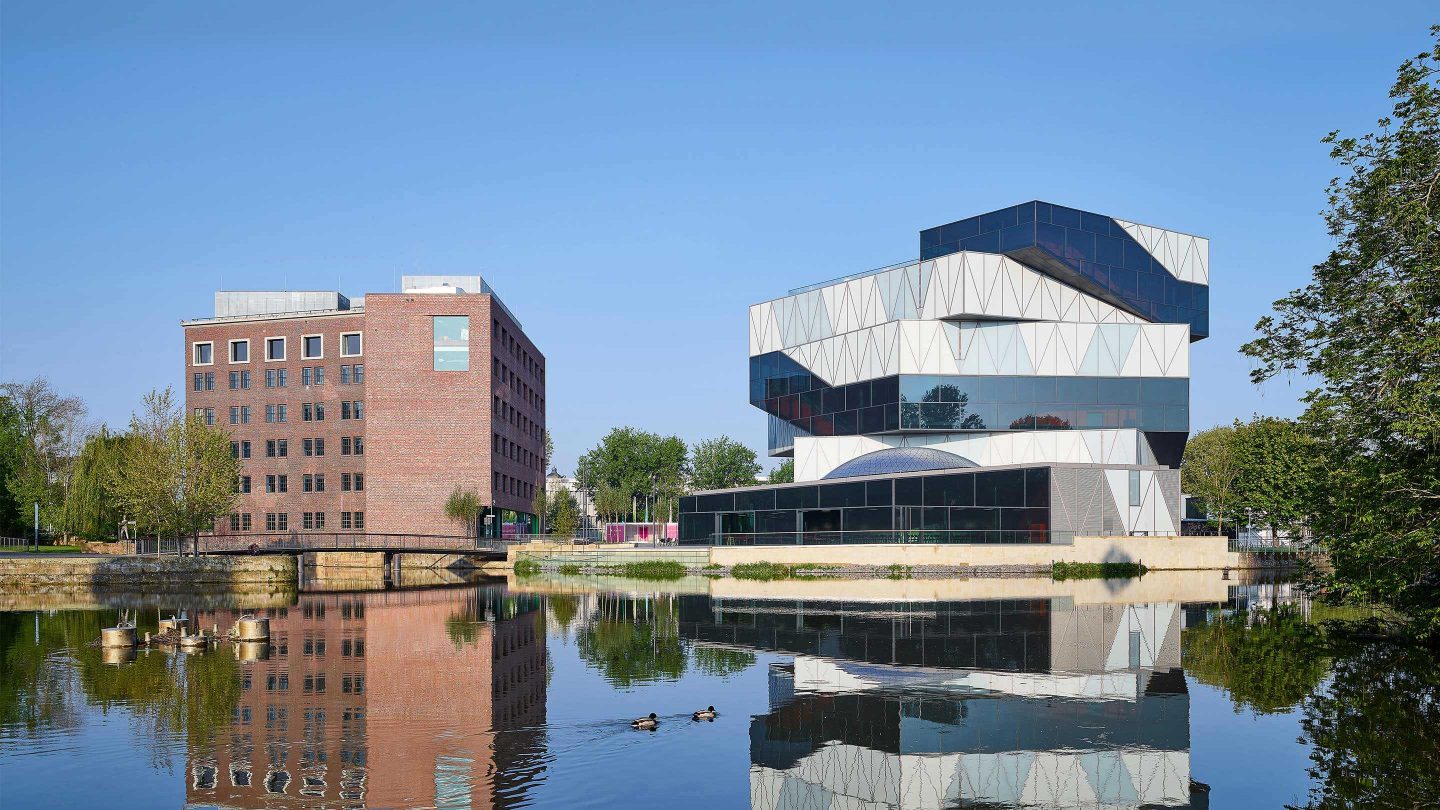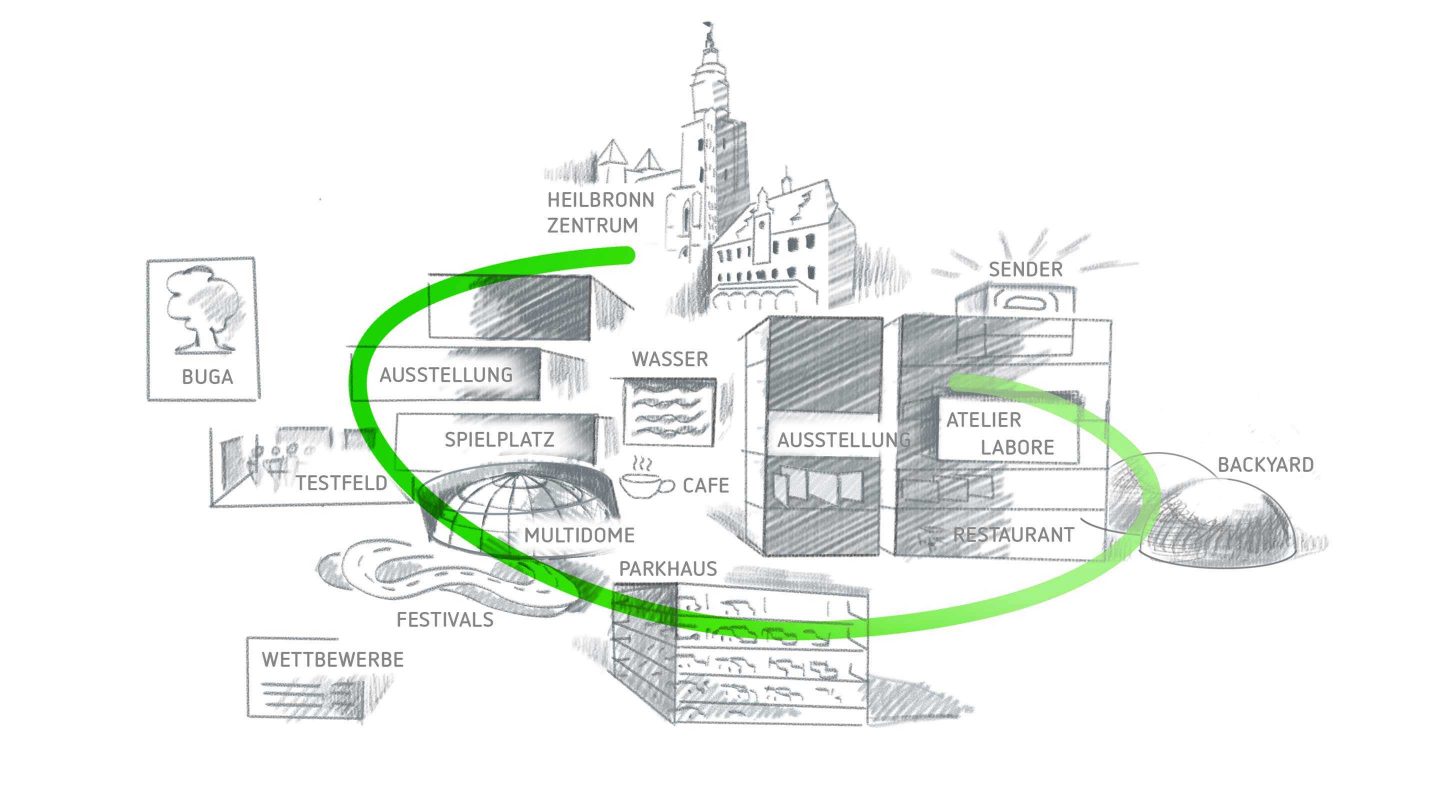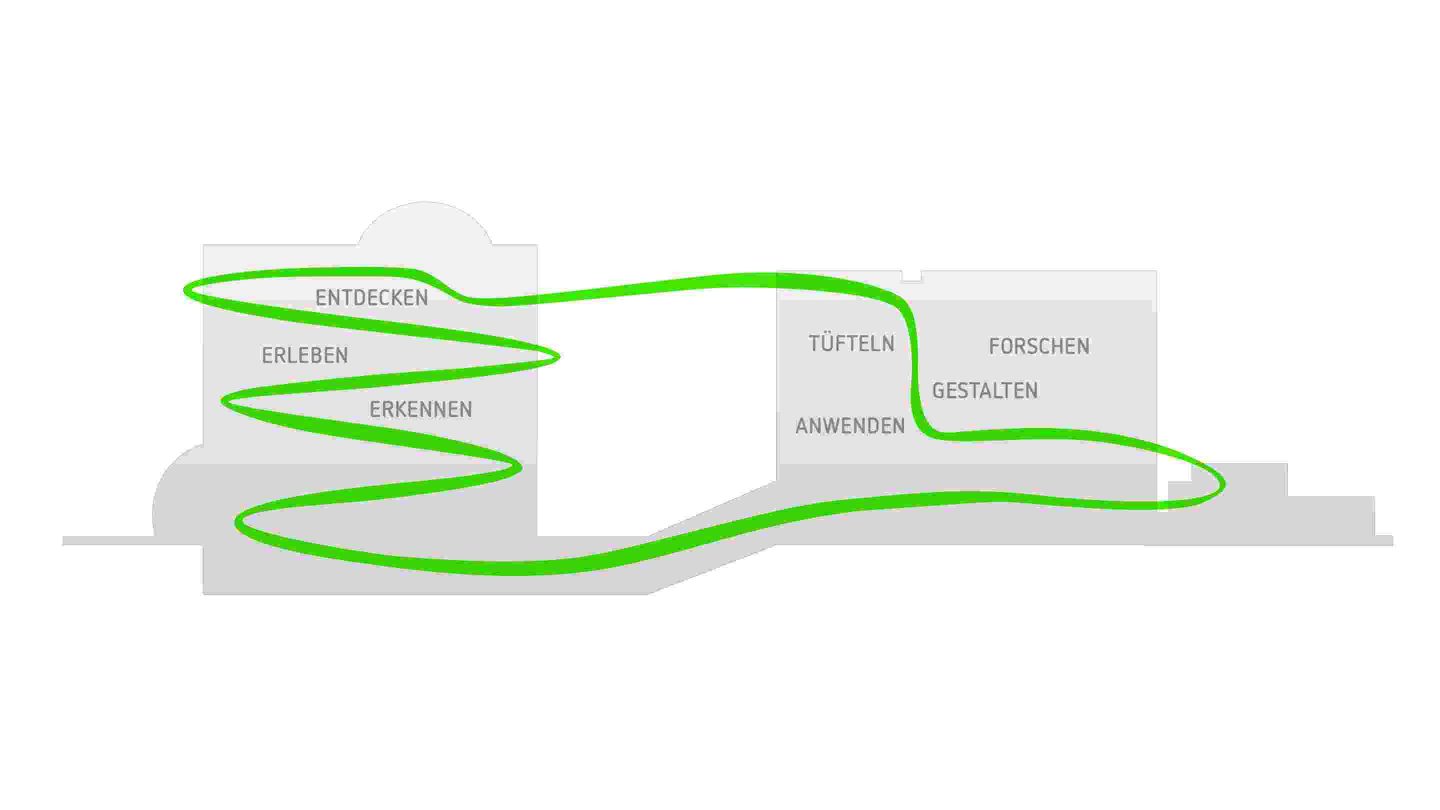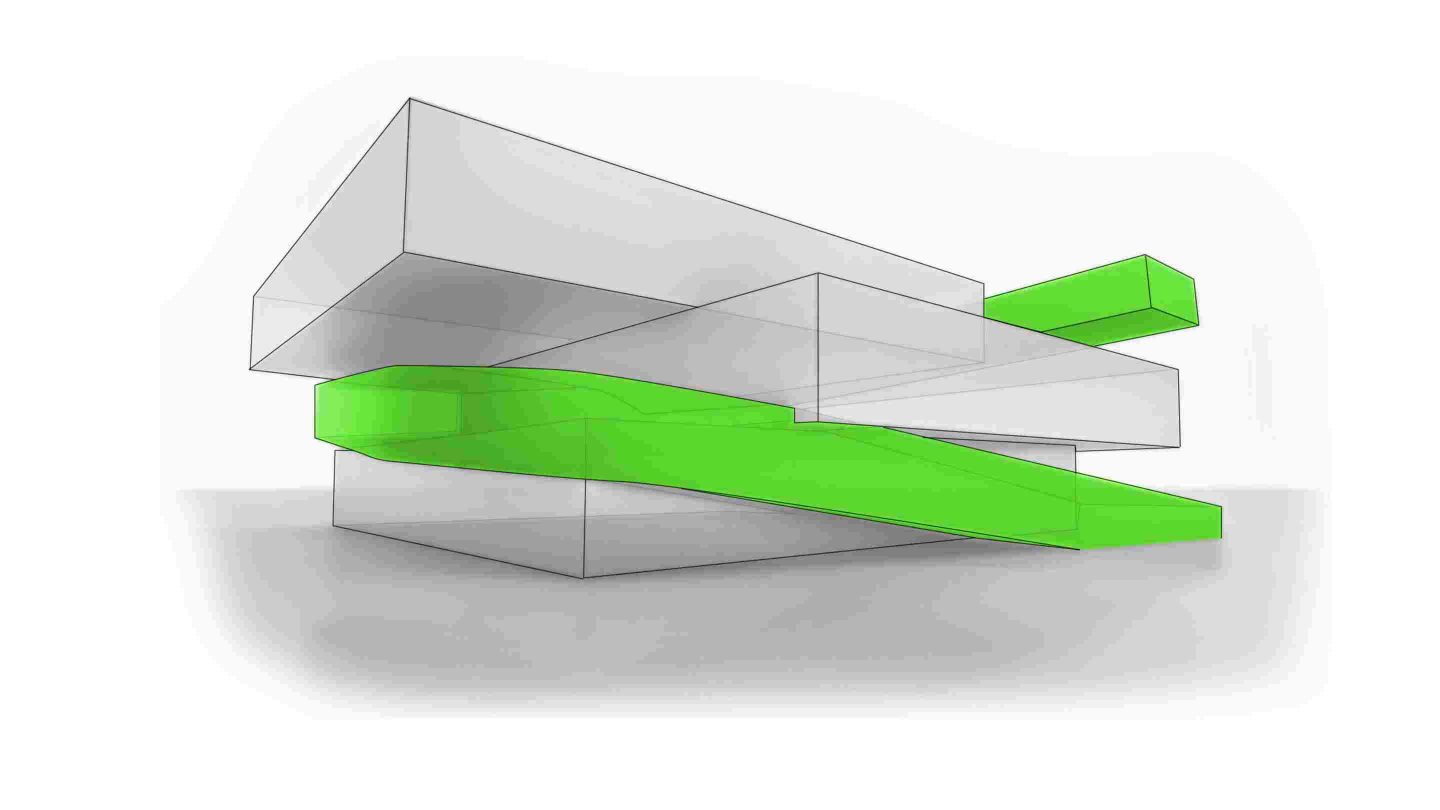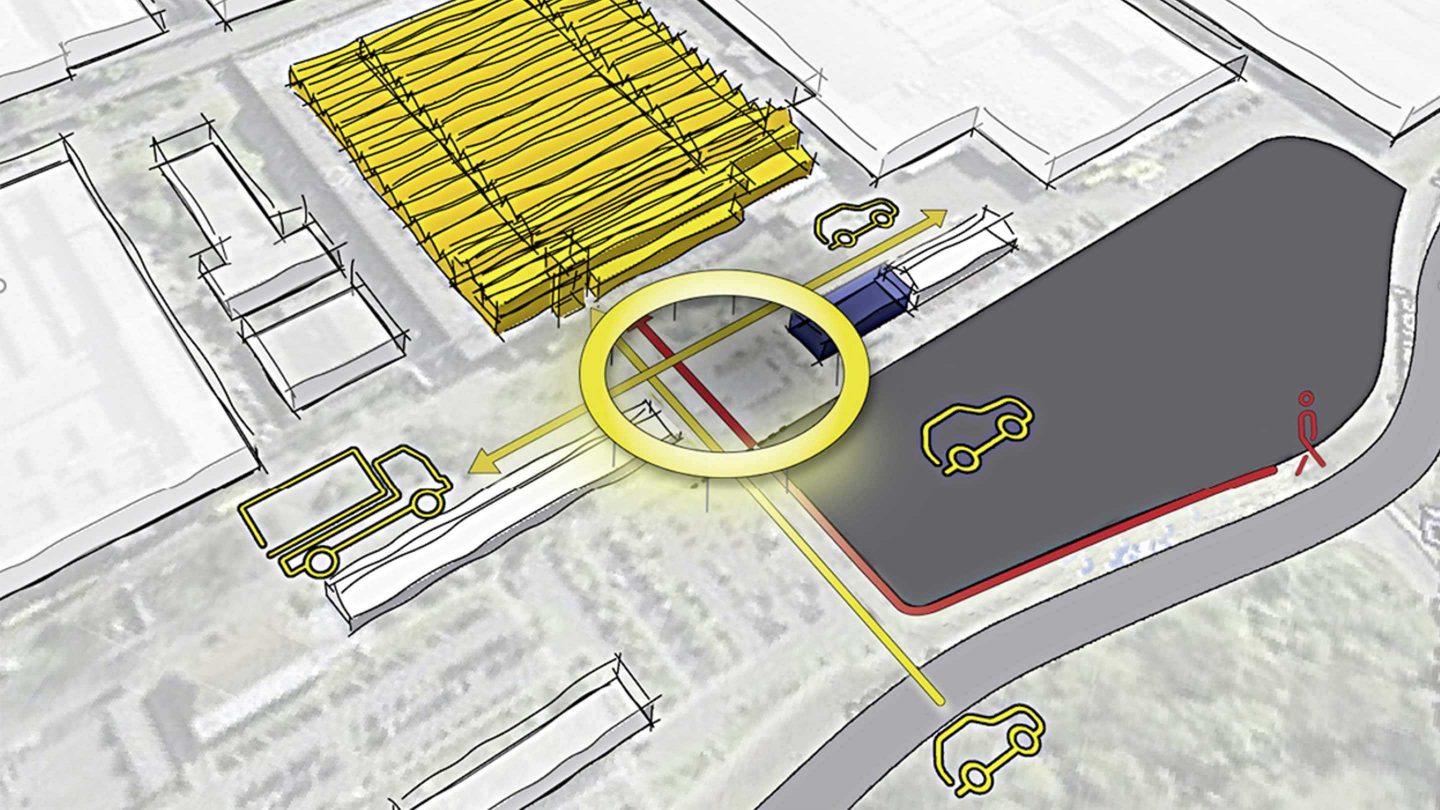Experiential design for new approaches to real estate conversion
Driven by developments in retail behavior, the market for commercial real estate has been undergoing a lengthy transformation process. A current example is the pending closure of Galeria Kaufhof properties in prime city center locations. If buildings, building ensembles, plots of land or even entire city districts lose their original intended use, dysfunctional vacuums can arise that need to be addressed.
Especially when former industrial or commercial sites are to be converted and this causes structural changes. What measures are required to turn these areas back into lively, productive and valuable parts of urban spaces with a positive impact on the surrounding areas? Architectural competitions can help to put these areas and buildings to a new use and so reintegrate them carefully into their surroundings. However, this planning instrument often lacks impulses and thoughts on development processes as well as user and public participation in order to unfold the enormous potential for integrated, forward-looking urban development.
To this end, it is crucial to use experiential design to create spaces that can become real places of identification for people. Through participation, interaction, and meaning - spaces that connect people and the city.
Conversion and transformation: modern urban development through experiential spaces
We follow this approach: By incorporating aspects of scenography, storytelling, participation, empathy for people, communication at eye level with future users, and the concrete inclusion of underlying brand and corporate values, we develop real estate projects from the inside out. Our concepts are based on a user journey and identity-creating communication that focuses on people and their needs. This creates value for real estate and neighborhoods in both senses of the meaning. In the future, this integrated approach will become increasingly important for businesses, as well as cities and municipalities, to ensure the success of their real estate projects.
Johannes Milla, Creative Director and CEO„Currently, everything is in flux and it is increasingly a matter of redefining and reshaping our built environment. Of course, urban planning or architectural aspects as well as economic, ecological and social points of view are important in modern urban development - but it is just as important to provide valuable experiences for the future users of today's conversion areas. Whether analog, hybrid or digital.”
User Experience: added value through identity and identification
When developing projects, we think in terms of use scenarios. The development of a consistent customer/visitor journey is always at the beginning of a new concept. The key is understanding who the users are, what they expect, and what their needs are. With this knowledge, targeted measures can then be taken to sustainably connect people and the site and create a strong identification or identity. In this phase of basic research and early decision-making, we work closely with project managers, building departments and architects.
Collective: Public participation as a prerequisite for open meeting spaces
A vivid example for this approach is the project Der neue Stöckach (The New Stöckach): On the former site of energy supplier EnBW, a pioneering urban quarter is being built in the middle of Stuttgart - a "Smart City" that is geared to the needs of its residents. With corporate design, website and claims, we not only created an identity and signature that conveys the project vision, but also designed the strategic communication with the city and urban society, with committed and concerned residents, press, politics and administration - and so created a high level of acceptance among all stakeholders involved.
The process of public participation and the urban planning competition were accompanied in all communicative facets: Formats including digital models for the architectural competition, site tours, exhibitions, interviews and citizen workshops created space for ideas and open discourse. In this way, the project was given maximum transparency and a positive identity from the outset, and credibility and trust were strengthened among all participants through the consistent and seamless inclusion of the citizens.
Human-centric: Visitor Journeys as the Basis for Visionary Architecture
The realization process for experimenta - the Science Center in Heilbronn - is another defining project we worked on intensively: For the expansion of the existing building in the very first phase, we drew up the content-related and scenographic master planning, which resulted in spatial sequences and use scenarios. Together with the basic structural assessment by Drees & Sommer, these then formed the basis for an international architectural competition.
The vision for the future experimenta brief needed to be defined, including the overall concept, the design of the storyline and visitor experience, the description of the formats, and the spatial program. We provided guidelines and technical advice. The Berlin-based architectural firm Sauerbruch Hutton ultimately won the competition. We were also responsible for the concept, design and planning of all space-creating, communicative and medial measures as well as for the guidance and information system with digital exhibition companion.
Holistic: sustainable urban spaces through design from inside to outside
Urban spaces become future-proof when they are developed from the inside out with a clear focus on people and their needs, and already taking future changes into account. In other words, they do not form a rigid shell, but a framework that is adaptable and anticipates and promotes these changes. Corporate and production sites become communication centers, building ensembles become communication, collaboration and co-creation hubs, and conversion areas become new forms of platforms and living spaces.
Sebastian Letz, Creative Director and Partner„Project development from inside out, closely linked to a holistic concept and a long-term vision of sustainably connecting people and place, forms spaces for encounter and experience that make a lively, colorful, social, valuable and future-oriented city possible.”



